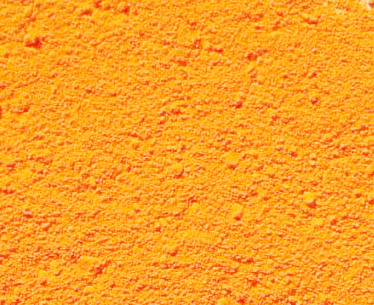Properties and indicators of pigment violet 3
2025-06-11
Pigment Violet 3, also known as pigment violet 3, is a purple organic pigment with specific chemical structure and properties. It is widely used in a variety of fields, such as inks, coatings, plastics, etc. Its main indicators and properties are described in detail below.

Chemical properties
The chemical name of pigment Violet 3 is Light Fast Violet Lake, its chemical formula is C24H27N3, and its molecular weight is 357.498 g/mol. "These pigments are chemically classified as dioxazines or quinacridone compounds, which are known for their excellent color stability and high coloring power."
Physical properties
Appearance: Pigment Violet 3 usually appears as a dark purple powder.
Density: The density of the pigment is about 1.13 g/cm³.
Boiling and flash points: The boiling point of pigment violet 3 is about 538.4°C at standard atmospheric pressure, while the flash point is up to 279.4°C.
Performance Characteristics
Color intensity and brightness: Pigment Violet 3 has outstanding coloring intensity and brightness, which makes it a very effective colorant.
Light resistance: As a high quality organic pigment, it shows excellent light resistance and is not easy to fade. It is suitable for use in coatings and paints for outdoor facilities.
Heat resistance: Pigment Violet 3 also has good heat resistance, making it suitable for application scenarios requiring high temperature treatment.
Solvent resistance: the pigment has a good resistance to the solvent, to a certain extent to prevent the pigment dissolved in the solvent caused by color migration or exudation problems.
Field of Application
Pigment Violet 3 is widely used in many industries because of its excellent performance:
Ink manufacturing: because of its bright color and long lasting, often used in the manufacture of high quality ink products.
Coating industry: As an important component of coatings, it can provide lasting color effects and increase blackness.
Plastic products: it is also widely used in plastic coloring, which can give unique purple tones to plastic products.
In summary, pigment violet 3 not only shows outstanding physical and chemical properties, but also shows high value in practical applications. It is important to know these detailed metrics and properties, both for professionals and those interested in pigments. By choosing the right pigment violet 3 product, users can achieve the desired coloring effect according to their specific needs and ensure that the quality of the final product meets the desired standard. In addition, considering that the quality of products provided by different suppliers may vary, it is recommended that adequate quality assessment and testing be carried out at the time of procurement to ensure that the selected pigments meet the requirements of the specific application scenario.



